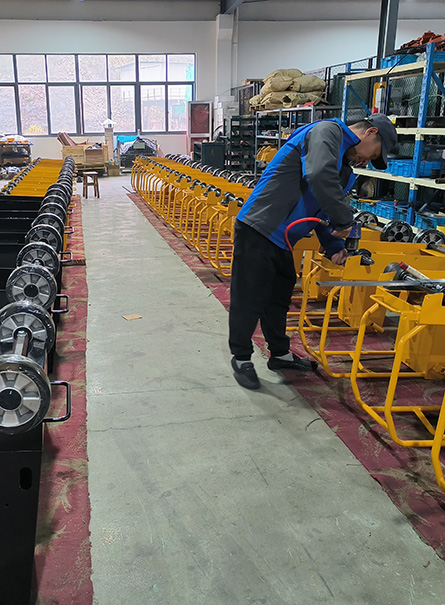Embarking on a construction venture mandates the correct assortment and volume of materials to circumvent delays in completing the task. Concrete is a staple in construction, whereas screed, though lesser-known outside the sector, plays a crucial role in building. This article by the Total Concrete team delves into the essence of screed and its utility.
WHAT IS IT?
Screed is a slender layer of material laid atop a concrete base. Typically comprising cement and fine sand, it sometimes includes coarse aggregates for a more robust version. Screed often receives a decorative topping, yet in places like warehouses, it remains exposed, serving as the final flooring. This approach suits environments prone to wear and tear and can also offer a chic, industrial aesthetic.
USES OF CONCRETE AND SCREED
Concrete and screed, while distinct, complement each other in construction. Concrete is the heavyweight champion, forming the backbone of bridges, skyscrapers, and foundations due to its strength and resilience. Screed, conversely, is employed for its smoothing abilities on concrete floors and can enhance thermal or acoustic insulation. It's prevalent in both residential spaces, like underfloor heating systems, and commercial areas, including warehouses. Essentially, concrete provides the brawn, and screed brings the polish.
TYPES OF SCREED
There are three primary screed categories:
Bonded: Directly applied to a concrete base and adhered with a bonding agent. Suitable for heavy-load environments where unbonded screed is impractical.
Unbonded: Laid over a damp-proof membrane, at least 50mm thick. Its detachment from the main structure minimizes settlement and shrinkage risks.
Floating: Acts as an insulating layer, commonly used with underfloor heating. Thickness varies between 65mm and 75mm depending on load, with calcium sulphate screed requiring lesser thickness.
SCREED VS. CONCRETE
The fundamental difference lies in their roles: concrete is the cornerstone of strength, while screed is a finishing touch for floors. Both are made from aggregates, cement, and water, but concrete's coarse texture contrasts with the finer aggregates of screed, enhancing its role as a finisher.
Selecting the right screed type is vital for a project's success, whether it's the insulating qualities of floating screed or the compact nature of bonded screed.
VISUAL DISTINCTION
Concrete and screed are visually distinct. Concrete's ruggedness and coarse texture suit foundational and structural roles. Screed, with its finer aggregates, offers a smoother, more polished surface, elevating the floor's aesthetic and functional appeal. Your choice between the two significantly influences the overall look, whether aiming for a raw, loft-style or a sleek, modern ambiance.


